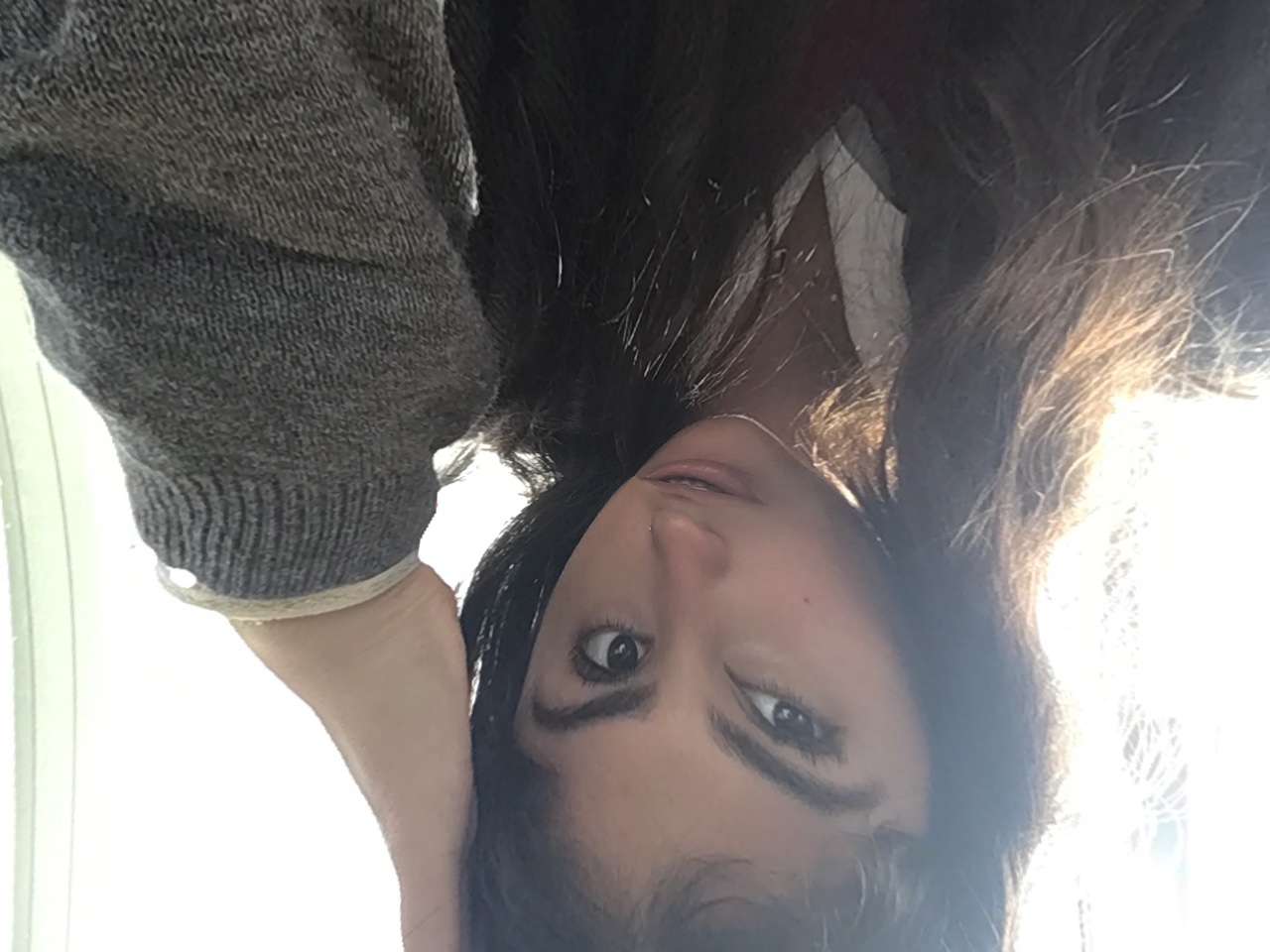Organisation and command of the military
Cards (42)
- Legion
- cohort and century and contubernium
- positions of responsibility
- support roles in legion
- Legionary fortress
- principia
- The kings of Sparta
- King traits - Sparta
- Other things about spartan kings
- What was the structure of the spartan army like?
- What oath did all spartan warriors swear to?
- name all the regiments and subdivisions
- who were periokoi
- Perioikoi at peace vs at war
- helots at peacetime vs wartime
- whilst helots were on campaign, what did spartiates do and why
- What was motivation for the helots?
- what were the support roles in the spartan army?
- Who did surgeon roles
- explain the organisation of the athenian army
- what would the strategoi do and how were they elected
- Explain the regiments of Athenian army
- structure of the Athenian navy
- Explain the roman legions
- structure of roman legion
- What was the first cohort
- what would 120 men in legion be used for
- Roman supprt roles (daily needs) : tesserarius
- Roman support roles (daily needs) : Immunes
- Cornicen - roman support roles
- what is a standard in roman military
- Signifer - roman
- aquilifer - roman
- What does it mean to lose Aquila
- what is the tribunas latí la it’s
- Tribuni angusticlavius
- Explain the roles of a legates
- Explain camp prefect
- Centurion
- How did a centurion live?
